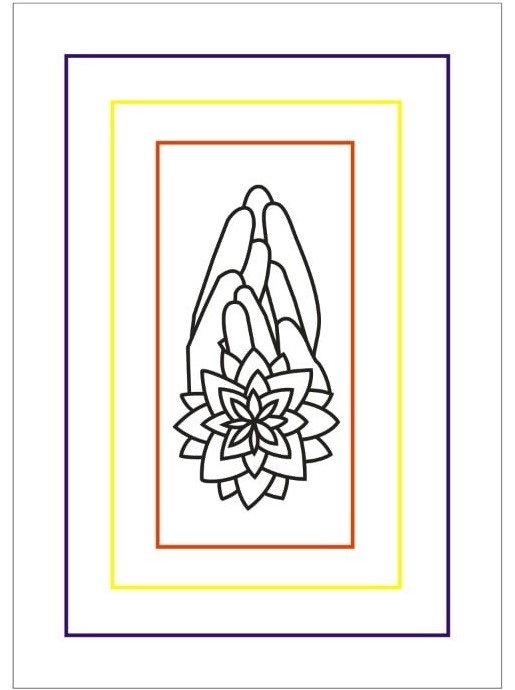Meditation is not just about finding a quiet space, a dedicated time and doing it over a fixed duration. It is not just about sitting with a straightened back, in a cross-legged position or reciting some Mantras or chants. Contrary to popular belief, Meditation is something than can be done anywhere, anytime, especially in the midst of total chaos and noise. It involves clearing the head space by embracing wisdom, by understanding the various techniques and adopting the one that resonates within at any given point in time. But the most important thing to do is – To Practice. Also, contrary to the misconception that one has to Meditate for few hours, Meditation and Mindfulness is something that can be practiced 24*7 as we go along living our lives.
Often what we miss is bringing the awareness to our practice – be it in any form of sitting practice or when we are practicing being mindful. The single most biggest impediment in sustainability of the practice is our need and desire to set unrealistic goals and the lack of patience when we are unable to see immediate positive benefits or outcomes.
Having gone through the initial pitfalls myself, I strongly suggest and recommend, that at any stage of the practice, be it meditation or be it any sport or activity, whether one is a beginner or intermediate or advanced, one should be realistic rather than becoming egoistic about the practice and the level where one is. This requires awareness to catch yourself whenever ego takes over. It is perfectly okay to be a beginner. We all start there. We did not learn to run immediately the day we were born. We went through the stages of crawling, to walking and then to running. So don’t be harsh on yourself. The single most important thing to do is to practice and keep it simple. Simple does not mean that its going to be a cake walk, but it means that the practice you have chosen is uncomplicated for you, easy to follow along and you love being engaged with it. So choose the sitting practice that resonates and then stick with it even if it means that one spends only 5 minutes doing it.
The next step is about translating the practice into mindfulness. So for example, if you have chosen simple breath work for your sitting practice, then in moments when you are about to lose your temper and say harsh words to someone which you are likely to regret later, by practicing mindfulness, you are able to redirect the energy towards focusing on the breath and are able to stay with it till the anger disappears and you are able to handle the situation in a calm manner. This is where we practice mindfulness. Setting realistic goals when it comes to practicing Mindfulness is that if you are someone who loses their temper 10 times a day, then mindfulness will help you gradually reduce that. So if in the beginning, you are even able to practice being mindful once, and are able to calm yourself down, treat it as a success rather than focusing on thinking that you did not manage to achieve the goal 9 times. As you practice along, you will notice that the number of times you are able to stay calmer despite stimulating situations will only go up. Be patient and compassionate with yourself.

